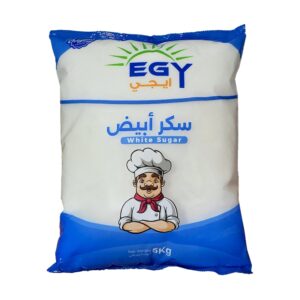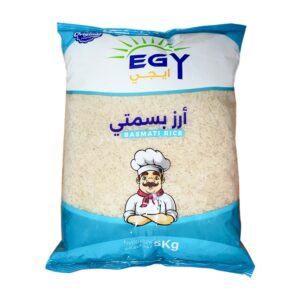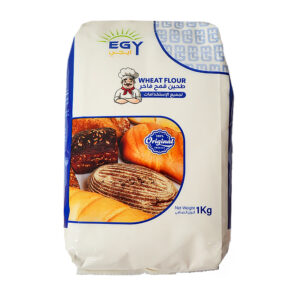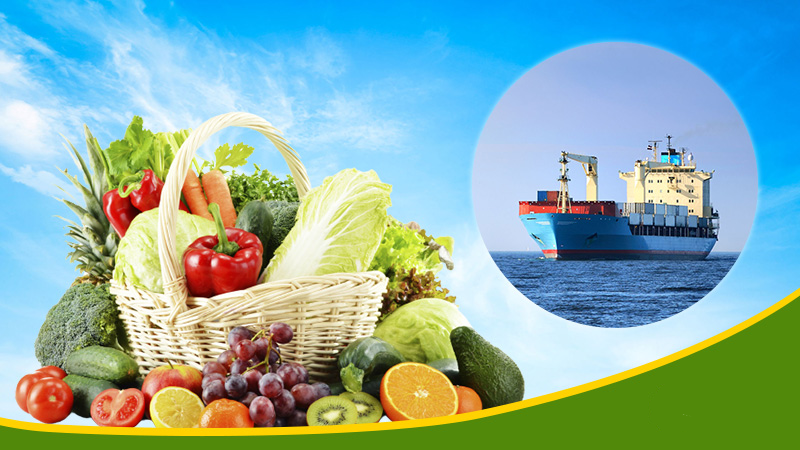Introduction:
The import and export of food items (Food Stuff) play a vital role in global trade, enabling countries to meet market demands, enhance food security, and foster economic growth. This sector bridges the gap between surplus and deficit regions, ensuring access to diverse and high-quality food products.
Importance of Food Stuff Import and Export:
- Meeting Market Needs:
Imports provide access to products unavailable locally due to climatic or seasonal limitations, such as tropical fruits in colder regions. - Boosting National Income:
Exporting food products increases a country’s revenue, especially for nations with unique offerings like coffee from Ethiopia or olive oil from Mediterranean countries. - Enhancing Product Quality:
Global competition drives suppliers to maintain high standards to comply with international requirements. - Strengthening International Relations:
Food trade fosters long-term partnerships and enhances economic and political ties between countries.
Requirements for Food Stuff Import and Export:
- Compliance with International Standards:
Certifications such as HACCP and ISO ensure food safety and quality. - Licenses and Customs Procedures:
Proper documentation and product registration are necessary for smooth trade operations. - Storage and Transportation:
Advanced technologies like refrigeration ensure the preservation of perishable items during shipping.
Examples of Popular Food Items in Trade:
- Imports: Grains like wheat, seafood, and vegetable oils.
- Exports: Fruits, vegetables, spices, and dairy products.
Challenges and Solutions:
- Challenges:
- Tariffs and protectionist policies.
- Fluctuating shipping and transportation costs.
- Variations in health standards across countries.
- Solutions:
- Signing bilateral trade agreements.
- Investing in transportation infrastructure.
- Enhancing transparency in trade operations.
Conclusion:
The import and export of food items remain a cornerstone of modern international trade. As global demand grows, innovations in storage, transportation, and trade policies continue to drive this sector, ensuring economic growth and food security for nations worldwide.
Illustration:
The image depicts a vibrant port scene with refrigerated trucks transporting food items, cargo containers labeled ‘Export’ and ‘Import,’ and workers handling boxes of fresh produce. A ship loaded with food cargo and an airplane in the background symbolize the active global trade network.

























